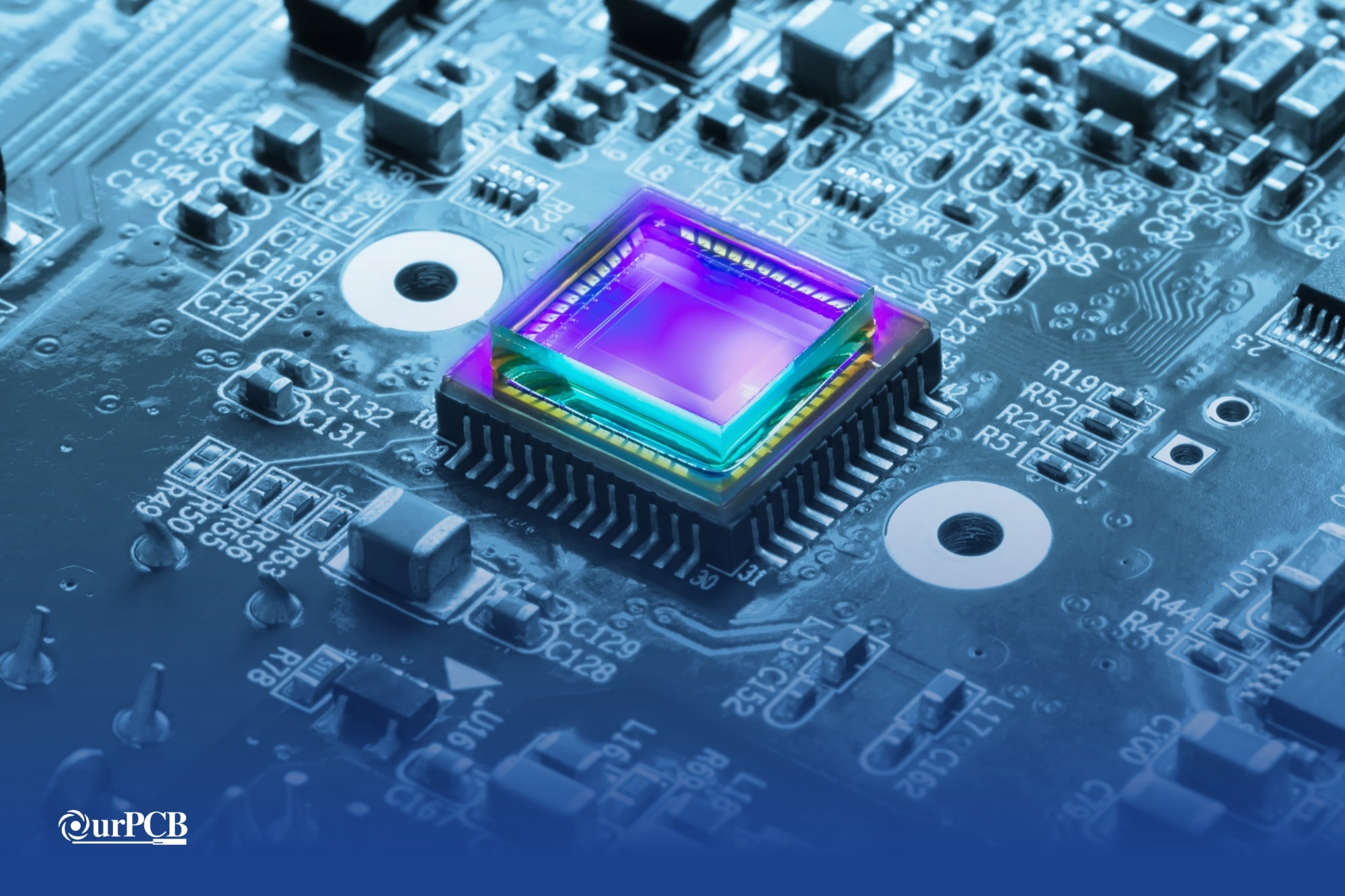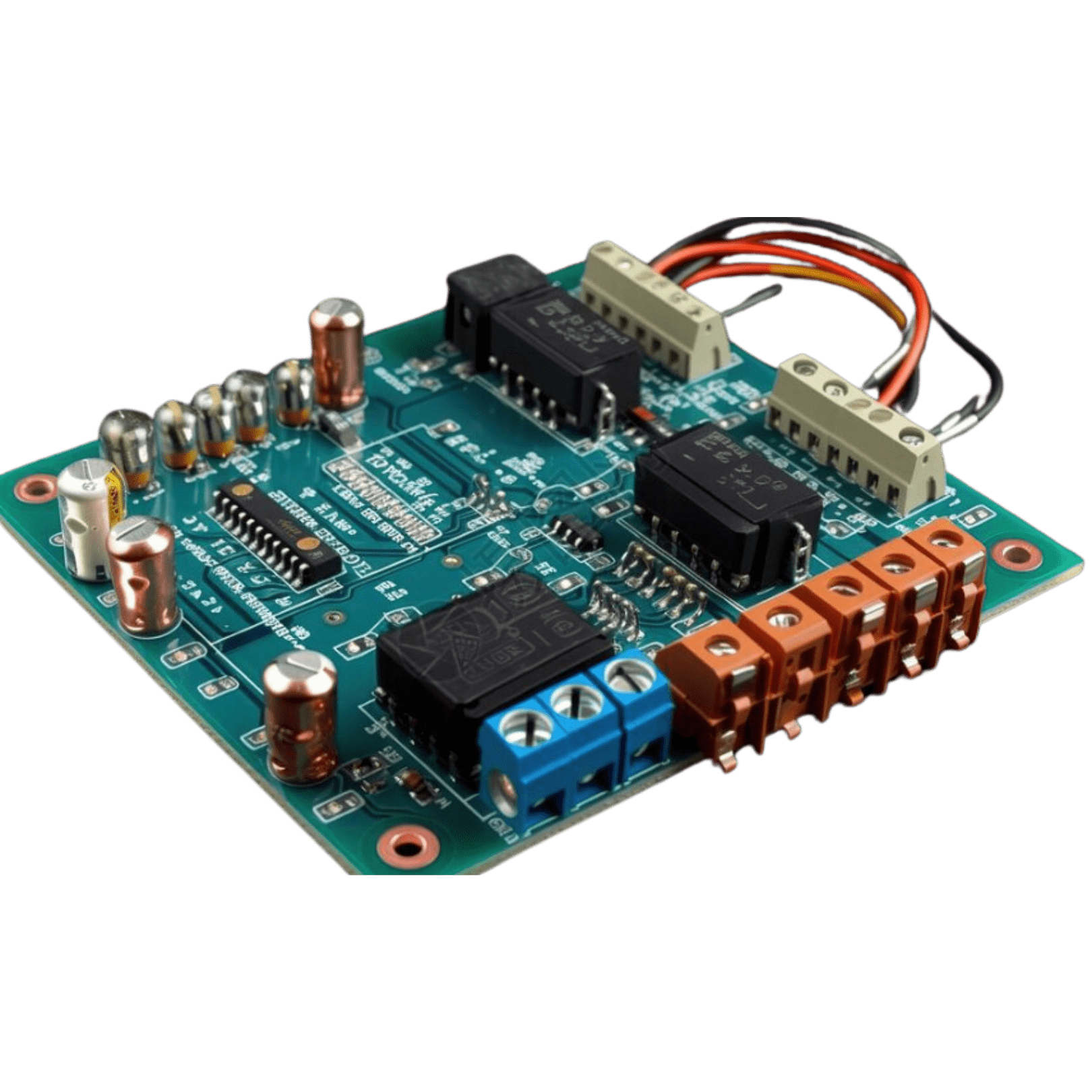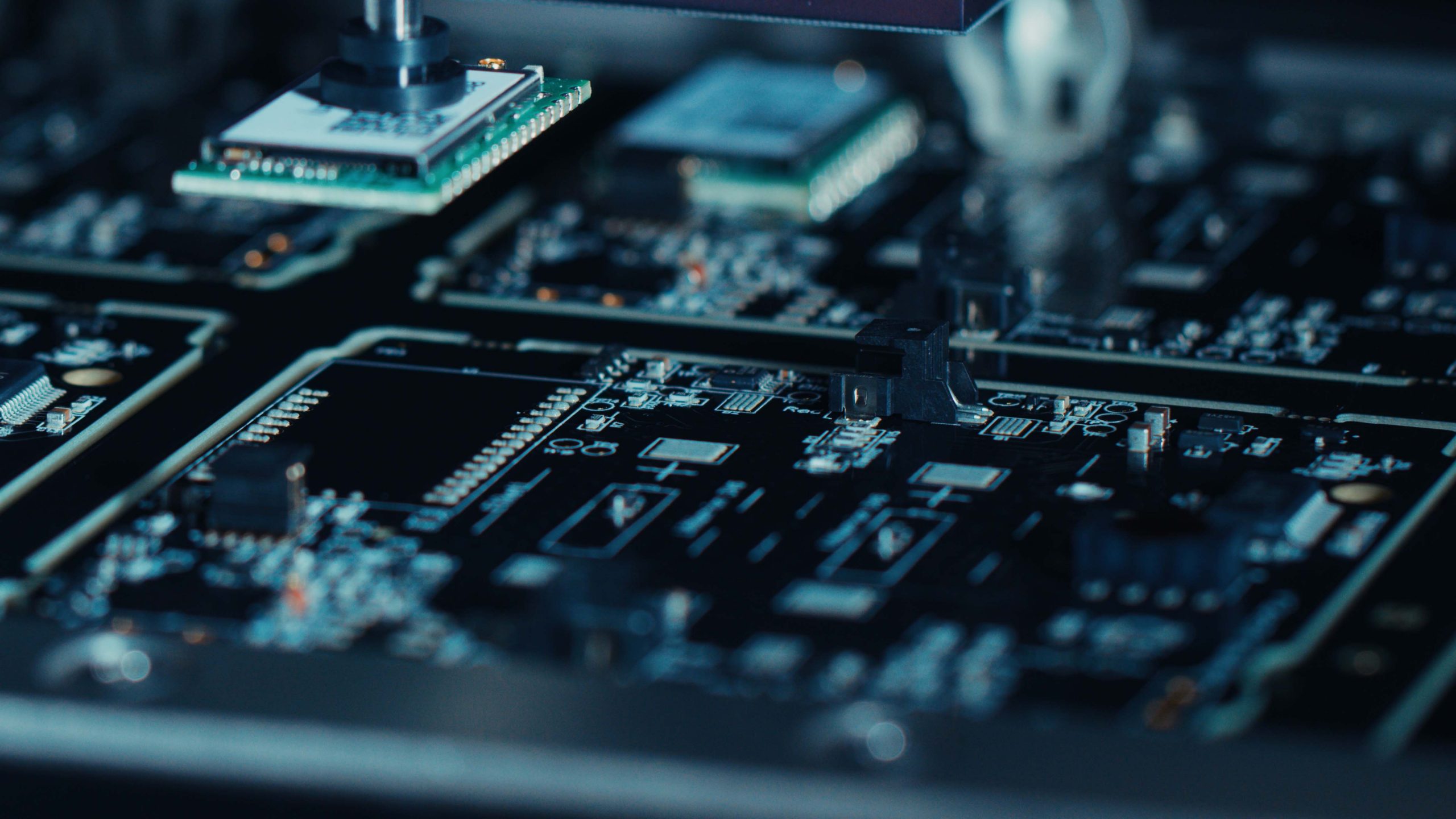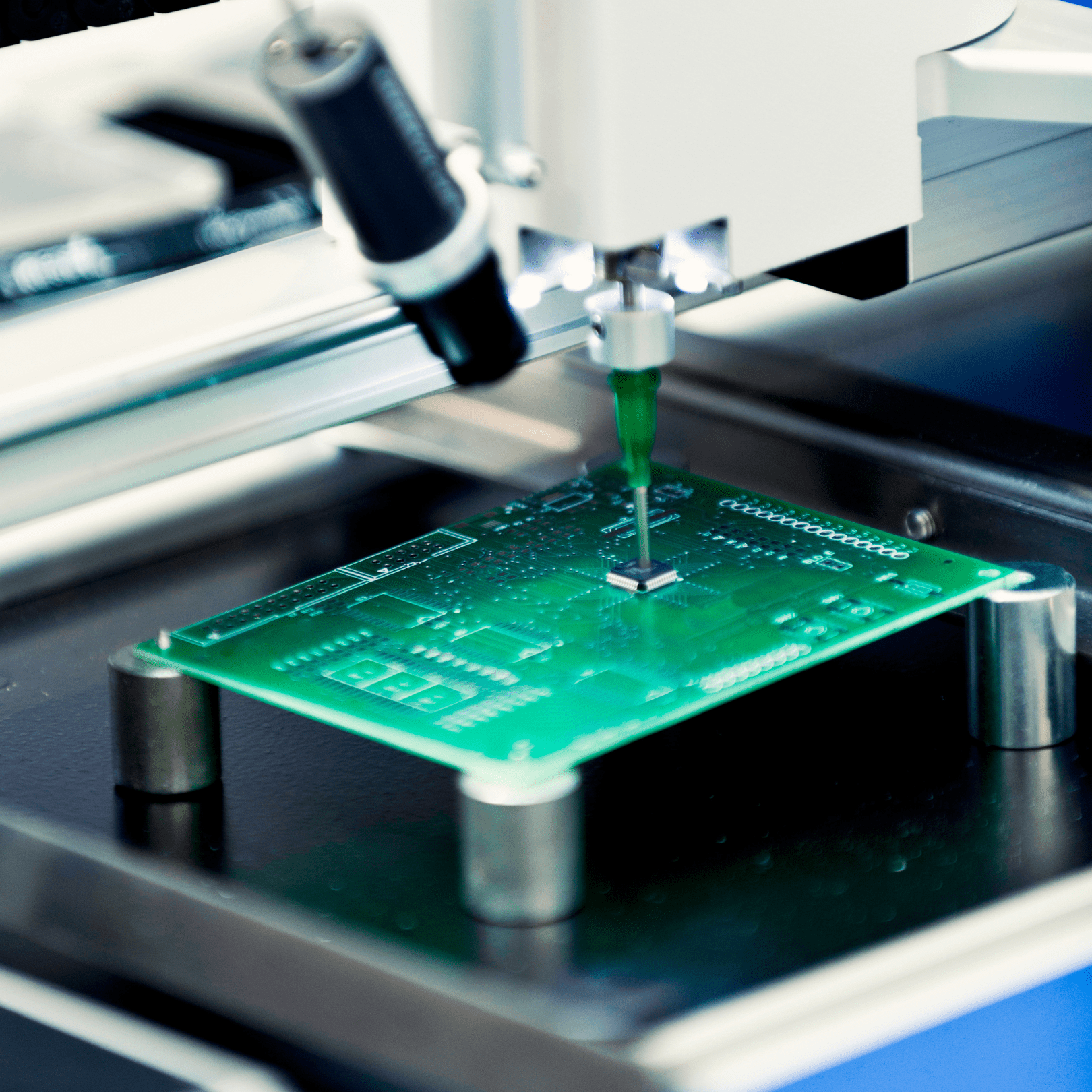- PCB Manufacturer
- PCB Assembly Service
- High TG Fr4 PCB
High-Temp PCB Manufacturer High TG FR4 PCB Fabrication
OurPCB specializes in high-temperature PCB manufacturing, ensuring reliability in extreme environments. As a leading high-Tg PCB manufacturer and supplier, we provide high-temperature PCB fabrication using advanced materials that withstand thermal stress. Our high-temperature PCB factories deliver durable solutions for industries that rely on high-Tg PCBs, including those in the USA.











What is a High-Tg PCB?
High-Tg PCBs are circuit boards with a glass transition temperature (Tg) above 170°C, making them ideal for high-temperature environments. When a PCB exceeds its Tg, it softens, affecting performance. High-Tg materials offer better mechanical strength, chemical stability, and heat resistance, making them suitable for thermally intensive applications like CPU and GPU circuits.
Common high-Tg materials include Shengyi S1000-2, ISOLA 370HR, and ITEQ-IT 180L. For cost-effective solutions, FR4 TG130 balances thermal performance and affordability.
For wholesale high-Tg PCB solutions, including advanced, durable options directly from China, explore our China High-Tg PCB Manufacturer.
PCB Manufacturing Process







Features of High-Tg PCB
High-Tg PCBs are essential for high-performance electronics due to their superior thermal and mechanical properties. Their key features include:


Ensures strong plated through-hole connections.
Withstands extreme temperatures without degradation.
Provides strength and reliability in demanding applications.
Prevents layer separation over time.
Operates efficiently in extreme heat conditions.
Reduces warping and maintains stability.
The Necessary Materials for High Tg PCB
| Material | CTE-z (ppm/℃) | Td (Wt, ℃) | Tg (DSC, ℃) | Td288 (min) | Td260 (min) |
|---|---|---|---|---|---|
| IT180 | 45 | 345 | 180 | 20 | 60 |
| S1141 (FR4) | 55 | 300 | 175 | / | 8 |
| Rogers 4350B | 50 | 390 | 280 | / | / |
| S1000-2M (FR4) | 45 | 345 | 180 | 20 | 60 |
Heat Dissipation Methods in High-Tg PCBs
High-Tg PCBs help protect electronics from excessive heat. There are three primary methods for dissipating heat in high-temperature PCBs:
Conduction
Transfers heat through direct contact with a heat sink, similar to electricity flowing through a system. Learn more about effective conduction techniques in conductive paint.
Radiation
Uses electromagnetic waves to direct heat away from components. For further details, check out RF Amplifier, which explains how radiation aids in heat management.
Convection
Convection dissipates heat by moving it through air or liquid, either naturally or with forced airflow from fans or pumps. This method enhances heat transfer efficiency, preventing overheating and ensuring the reliability of high-Tg PCBs.



PCB Assembly Services

We handle everything from parts sourcing to final assembly, providing a hassle-free experience that ensures top-quality boards every time.

Whether you need a few prototypes or large-volume batches, our flexible assembly services adapt to your project’s scope and timeline.

Stay environmentally responsible with our compliant assembly processes, offering RoHS and lead-free options for safe, reliable builds.

No matter the complexity, we can assemble boards of all configurations—single-layer, multi-layer, or a mix—to match your exact specifications.

From one-off prototypes to bulk orders, we accommodate projects of all sizes without compromising on quality or turnaround time.

Join our growing community of satisfied clients who rely on our dependable assembly expertise and dedicated customer support.
Millions of business and innovators use OurPCB





PCB Board Process
Order Received
- Component Procurement
- Preparation
- PCB Manufacture
- Make Process Flow
Soldering
- Solder Printing/Wave Soldering
- SMT/Plugging
- Inspection (repair if necessary)
- AOI (repair if necessary)
- Transfer
Parts Assembly
- Manual Assembly
- Cleaning
- Wire Screw
- Inspection
- Repair If Necessary
Finalization
- Final Confirmation
- Packing
- Shiping
Technical Capabilities


Capabilities & Services
- One-stop PCBA Services (PCB Manufacturing + Components Sourcing + Assembly)
- SMT Assembly + THT Assembly
- BGA Rework
- 60,000 Chips/Hour
- Down to 01005/0210 Size
- Accuracy<±40μm
- Min. QFN Pin Width/Space: 0.15mm/0.25mm
- Min. BGA Diameter/Space: 0.2mm/0.35mm
- Rigid, Flex, HDI, & High-speed Power Boards
- Up to 50 Layers
- 60GHz High Frequencies
- Min. Trace Width/Spacing: 2.5mil/2.5mil
- AOI, X-ray, ICT & FCT Testing
- Controlled Impedance
- ISO 9001, ISO 13485, ISO 14001, IATF 16949, IPC-A-610, UL Certified
- Automotive, Medical, & Military-grade PCBA Manufacturing

Mon-Fri: 24 hours,
Sat: 9am-6pm, GMT+8

Reach us at
[email protected]
24 hours online

+86-199-30589219
Mon-Fri: 24 hours,
Sat: 9am-6pm, GMT+8
Hgh Tg PCB FAQs
Why should I choose a High TG PCB?
High TG (Glass Transition Temperature) PCBs offer several benefits, especially for applications that require durability under high temperatures:
- Supports Advanced Designs: Allows for thin substrates, small apertures, and fine traces, making it ideal for compact circuits.
- Improved Dimensional Stability: Maintains shape and structure even with temperature fluctuations.
- High Mechanical Strength: Ensures strong layer-to-layer adhesion, reducing the risk of delamination.
- Superior Heat Resistance: Can withstand high temperatures while maintaining performance.
- Enhanced Durability: Offers increased stability against humidity, improved thermal resistance, and strong chemical resistance.
When should I use a High TG PCB?
High TG PCBs are best suited for high-power applications, automotive electronics, aerospace, and environments with extreme temperature variations.
How does High TG PCB improve reliability?
Its resistance to heat, humidity, and chemicals prevents degradation, ensuring long-term performance and reliability.


